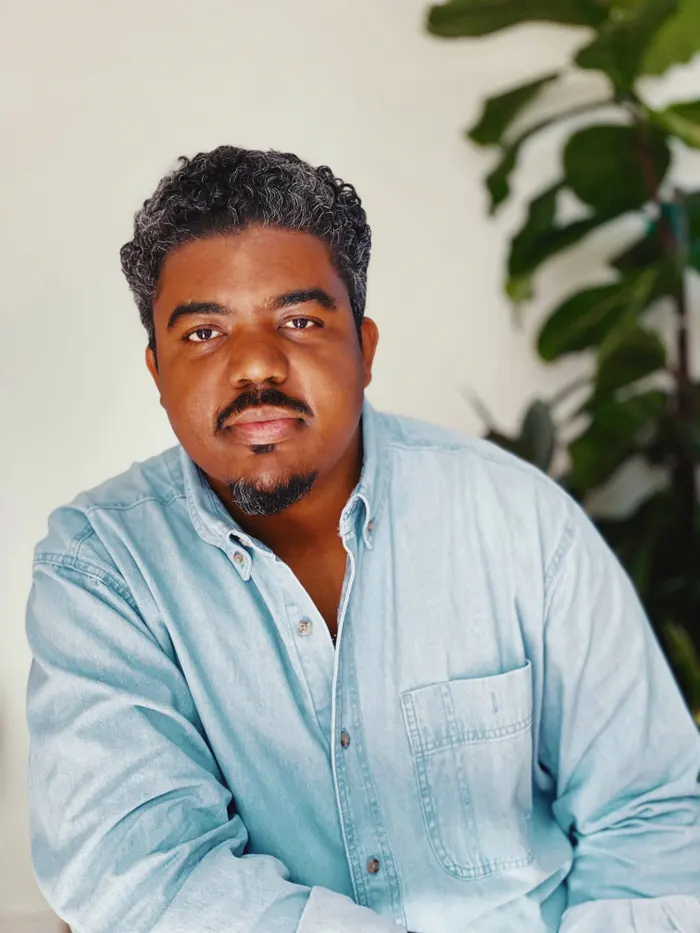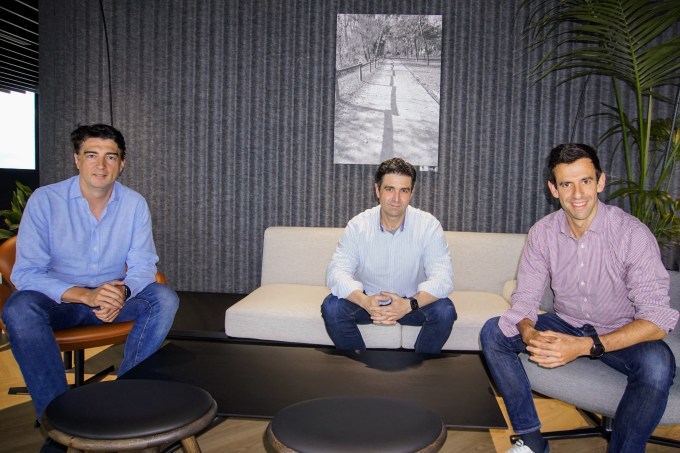Hiding in plain sight, the largely unexamined crack epidemic of the 1980s and early 1990s has much to teach us about current US drug policy, the blatant racism of drug-related sentencing, and the power of community action. In his important, balanced book When Crack Was King: A People’s History of a Misunderstood Era, Donovan X. Ramsey takes a wide and necessary view of the choices—sinister and well-meaning alike—that led to the epidemic. To complement his sweeping historical and political analysis, Ramsey also spends time with individual people who weathered the worst of the era and lived to share its lessons.
I spoke with Ramsey about the crack epidemic and what it can teach us about propaganda, criminalization, racist policing, and community care.
This interview has been edited for length and clarity.
Pete Riehl: In the book you detail the myths that surround the crack epidemic, writing, for instance, about the term “crackhead” and how it was and still is an offhanded insult. Can you talk about the connotations of the term “crackhead” and how they are still prevalent?
Donovan X. Ramsey: Anybody who was alive during that period will remember that there was a tremendous amount of media around the crack epidemic and around people who used and sold crack. But the media was really inconsistent. It was largely propaganda: Crack users in particular were seen as zombies and drug dealers as “super predators,” a term that Hillary Clinton used in the early nineties. This messaging made crack addicts and dealers seem otherworldly, and it made caricatures out of real people to the point that it was a term that people could sort of throw around loosely as a way of insulting someone.
It’s my belief that this level of propaganda and hype was used to try to save people’s lives, but ultimately the cost of it was that we created such distance between addicts and non-addicts, between dealers and non-dealers, that those people became “the people over there.” We’re still paying for that as a society, because drug epidemics come and go and we haven’t gotten better at handling them, and we don’t have enough empathy for the people that get caught up in them. I should also say the fact that this happened to a drug that disproportionately hit Black America is no surprise, because if there’s one thing that this country is good at, it’s flattening out Black people, flattening out things that happen to Black people into easily dismissible symbols.
PR: In an early chapter of When Crack Was King, you write about the Kerner Commission, which was formed by Lyndon Johnson to investigate the causes of racial violence and unrest that was going on in Detroit, Newark, and other cities. And its findings were resounding, in that they really pointed a finger and said, “Hey, American government, white supremacy is the problem here.” But despite these findings, just a few years later we see the “Southern strategy” unfold, and we see Nixon and the rising militarization that eventually morphed into “The War on Drugs.” Can you talk about how that came to be?
DXR: Within American politics, it has always been advantageous to leverage race—that is just in the foundation of our country’s character and in our politics, such that people used to call it the “Negro problem,” euphemistically. You know, The country is not what it used to be. This has always been a vein that has run through the US. So the “Southern strategy” was a Republican political strategy to separate poor white voters from people that they otherwise would have a lot in common with by appealing to their racial fears and tensions.
You saw this mindset emerge because the crack era was really an era of retrenchment from the wins of the civil rights movement and from the energy of the Black Power movement. You have in the sixties and seventies what feels like all of these incredible advances for people of color. Political angst was expressed by people of color and folks on the antiwar Left, women and other marginalized people had a moment during that period. Meanwhile there were people of the so-called “silent majority” who were like, Enough of this! Which sounds very familiar today.
There were people who felt like we needed to “take the country back,” and one of the ways that they did that was this “war on drugs” that under Nixon really started to criminalize people on the Left. It meant associating hippies and Black people with drugs, which is really critical to point out, because almost every racial group has similar levels of drug use and drug abuse. So, if you do need a mechanism to interfere in people’s lives, to step into people’s lives, to criminalize people, drugs are a perfect tool because drugs exist within every community.

PR: The book includes details about the Bidens and Clintons and Democrats. Today’s Democrats are keen to set themselves apart from Republicans, but you write about how that wasn’t always the case. As recently as 25, 30 years ago, there wasn’t as much of a difference between Republicans and Democrats when it came to things like broken windows theory or a general “tough-on-crime” attitude.
DXR: There was a time where Democrats saw their way back into politics as being tough on crime. There’s a reason why both the President and Vice President were anti-drug warriors. Kamala Harris, of course, was a prosecutor. In the late eighties, Kurt Schmoke became the first Black mayor of Baltimore by first being a prosecutor. It was a path that many Democrats took into office, because Republicans had done so well saying, “We’re the people who will keep you safe.” So the only way to become electable in the eighties and nineties was to to race the Republicans to the bottom. The public should hold those folks accountable today. Somebody like Joe Biden, who has his hands all over every crime bill going back to the first Reagan administration, has a responsibility to repair the harm those bills did. There was at one point a 100-to-one sentencing disparity between crack and powder cocaine, which makes no sense because they’re the same substance. That was reduced under the Obama administration in 2010, but today it’s still 18 to one. With all we know about the substance, with all we know about the way that it spurred mass incarceration, there hasn’t been enough political will to eliminate it entirely. I think that Biden has a responsibility to make that right beyond just speeches saying that he didn’t know he was wrong.
There’s still work to be done, and we have to, I think, as a public, hold elected officials to account, no matter what side of the aisle. We have to hold everybody accountable for giving us good, useful policy. Otherwise, we’re ruining lives, wasting money, and missing opportunities to shore up cracks in our social safety net. The things we didn’t get right during crack are the gaps that people are still falling through now with fentanyl and opioids. The reason that all we have to offer opioid addicts is the police is because we didn’t create an alternative system during crack.
PR: You write about pessimism in the macro sense, and how it’s hard not to be pessimistic with so many of the same things that were prevalent in 1982 still happening in 2023. But you also write about the individual stories of former addicts who are now thriving, helping others to get out of addiction. Do any of those stories that populate the book—and they don’t all have beautiful, neat endings—give you some lift, some hope?
DXR: They do. In terms of what we do about society and our systems, those are really complex questions. What’s clear to me is that we survived the crack epidemic through the power of community care and individual action. We kept each other alive through those small gestures long enough for the storm to pass. So I am deeply invested in mentorship and in the mentality of, If there’s one thing that you care about, if there’s one group that you care about or an issue, do something, small things even, and especially if there’s a young person that you can prevent from going down some of the wrong roads that you went down. That is as important as the big policy—that is, if enough of us do that, we can really save ourselves.
This interview is excerpted from Episode 192 of the Chills at Will Podcast. Listen to the complete conversation here.

















































![‘The Challenge: USA’ Recap Season 2, Episode 5: [Spoiler] Eliminated – TVLine ‘The Challenge: USA’ Recap Season 2, Episode 5: [Spoiler] Eliminated – TVLine](https://washingtonweeklytimes.com/wp-content/themes/jnews/assets/img/jeg-empty.png)






